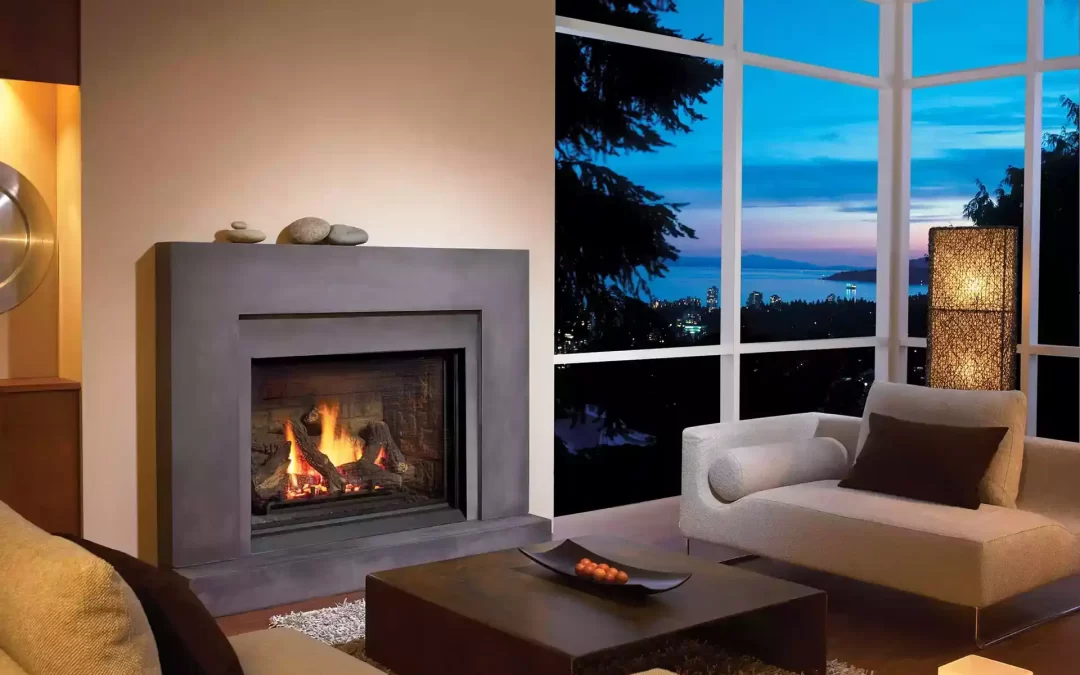Maintaining a Fireplace and Chimney: A Comprehensive Guide
Regular Inspection and Cleaning:
Schedule annual chimney inspections to identify potential issues early.
Engage a professional chimney sweep to clean the chimney from soot, debris, and creosote buildup.
Proper Use:
Burn only seasoned hardwood to minimize creosote accumulation.
Avoid burning green wood, which can lead to excessive creosote formation.
Creosote Management:
Use creosote treatment products to reduce buildup and enhance safety.
Monitor creosote levels and arrange for cleaning when necessary.
Chimney Cap and Screen:
Install a chimney cap to keep debris, animals, and rainwater out.
Consider adding a spark arrestor screen to prevent embers from escaping.
Flue Maintenance:
Inspect the flue liner for cracks or deterioration.
Repair or replace damaged flue liners promptly to prevent gas leaks and improve draft.
Efficient Burning Practices:
Use smaller fires instead of large, smoldering fires to reduce creosote buildup.
Employ proper fireplace accessories like grates and glass doors to enhance combustion.
Ventilation and Draft:
Ensure proper airflow by opening the damper before lighting a fire.
Address draft issues promptly to prevent smoke from entering your home.
Safety Measures:
Keep a fire extinguisher nearby in case of emergencies.
Install carbon monoxide detectors to monitor indoor air quality.
Avoid Unattended Fires:
Never leave a fire unattended, and extinguish it before going to bed.
Close the damper when the fireplace is not in use to prevent drafts and energy loss.
Annual Maintenance Routine:
Create a yearly maintenance schedule for cleaning, inspection, and necessary repairs.
Follow manufacturer guidelines for any appliances connected to the chimney.
By following these steps, you can ensure the longevity, safety, and optimal performance of your fireplace and chimney. Remember to consult professionals for complex issues or if you’re unsure about any maintenance tasks.

